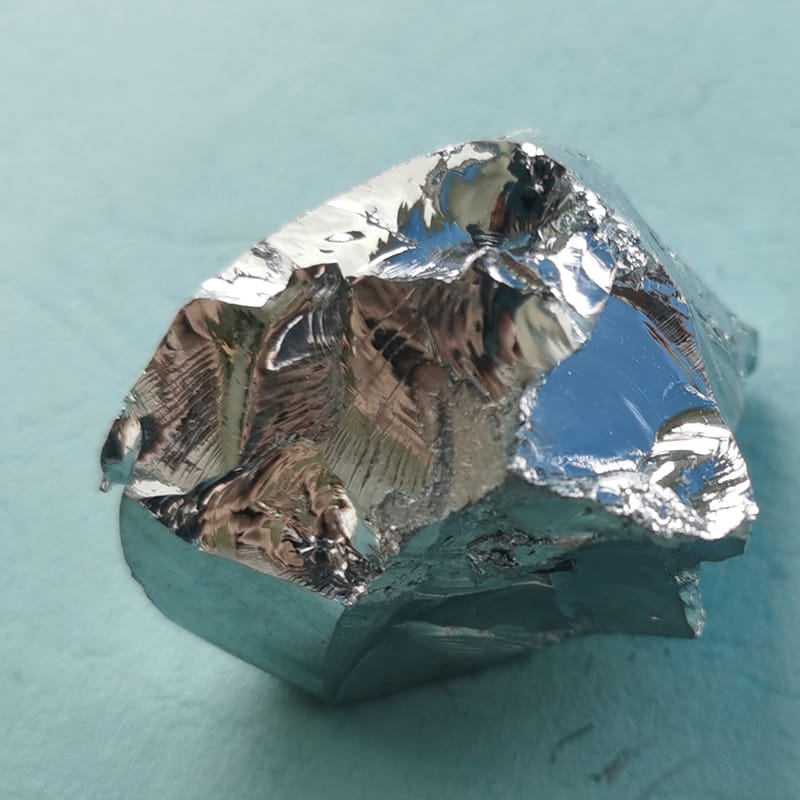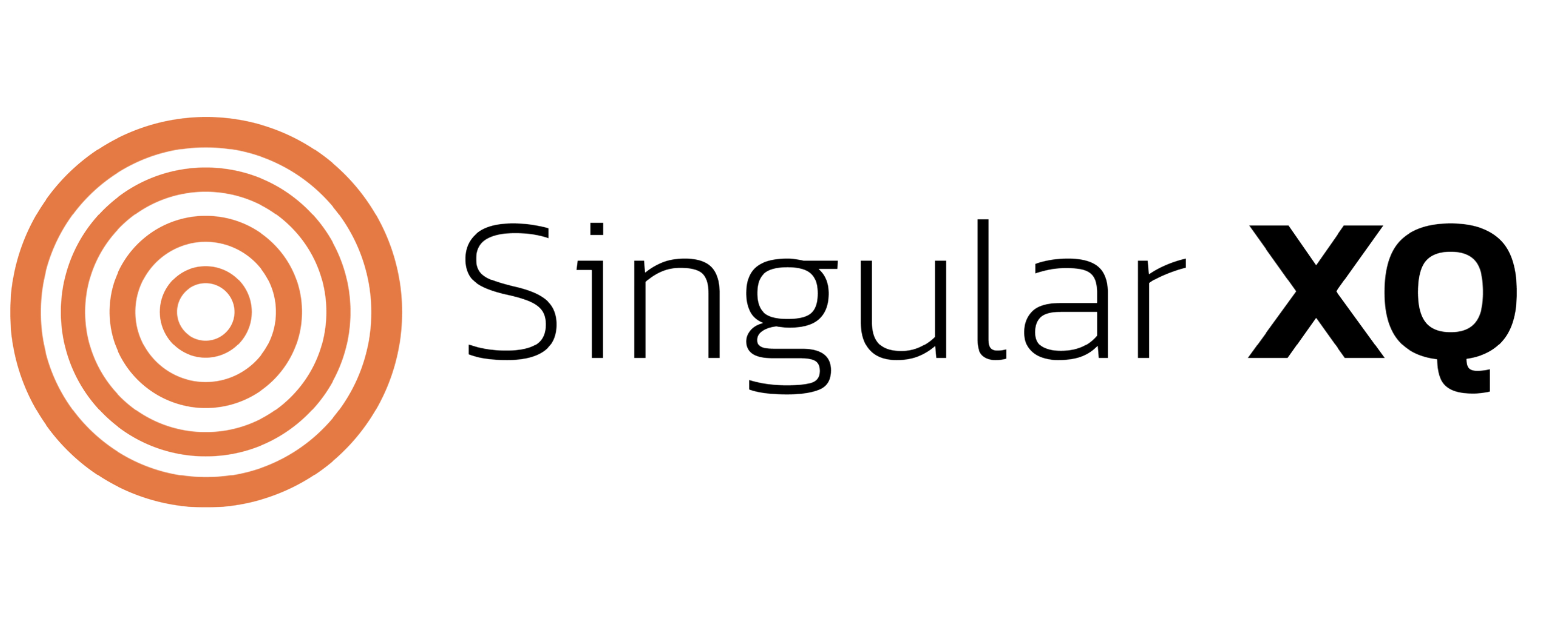The Tungsten Selenide Paperweight: the Top 10 Signs of an Anti-Innovation Culture

Innovation has been co-opted and no longer means what we think it does. (If you hear Inigo Montoya in your head as you read this, we should hang out and have a drink or a cuppa tea. You are my kind of people.) A young, brilliant teen woman described this better than I did. I have a post coming out about that.
"Innovation" has become essentially conservative instead of everyone's favorite stimulant drug, "disruptive." It takes emergent technology from the past and MONETIZES it. It's become the process of manufacturing, distributing, and marketing new technology to drive revenue for companies and people who have little to do with the creative process of creating it. Frequently, those doing this repackaging and monetizing don't understand the capability and reduce the technology to its most accessible applications that can reach the broadest distributions. The genuinely creative and the inventive involve deconstruction and experimentation. This isn't a part of most technology-driven departments because such activities slow production, and the goal is continuous growth and revenue. Such activity is generally considered "out of scope." Creative folks seduced by words like innovation, design, and research find themselves as strangers in a strange land.
You come to this emerging technology team and discover the tungsten selenide the world seeks sitting on a middle manager's desk as a paperweight. This is an Asimov reference--if you want to understand what is going on in Silicon Valley, you must read these texts. You will be entertained at how transparently ideas and strategies are lifted whole cloth from these works of fiction. Other authors are Heinlein (referenced above), Adams, and my favorite, Tolkien. Aren't you aware? Peter Thiel has a technology called Palantir. It was heavily invested in Open AI early on. We shouldn't be surprised that the people involved do what they do. They are telling you. The joke is on you. You can imagine how Sam Altman's Orb went down.:
Hanging out and slamming a beverage with Thiel, Altman has his feet up. He says,
"Wait, dude. It's called Palantir, but you didn't create any hardware for it? Hold my kombucha."
It's looking like Gandalf is hanging out in Portugal these days.
Still, people sometimes think of creative and inventive uses of technology when they intone the word innovation and if you want to build a truly innovative team or be a part of an innovative team. After three years of studying technology innovation in business, I have identified 10 red flags that mark an anti-innovative team (or individual).
The Top 10 Red Flags of an Anti-Innovation Culture
1) The team selects its talent pool for compliance rather than disruption.
2) Smart, engaged people disappear.
3) Disagreement and dissent are silenced instead of engaged.
4) Managers are avoidant and conflict-averse.
5) Corecion is a preferred tactic for gaining cooperation.
6) Negative feedback is punished.
7) Doing "creative work" is reserved for only some people and not all.
8) These projects aren't staffed with the most trained or qualified people.
9) There is absenteeism, apathy, and leaning out.
10) Attrition is disguised and dismissed and never openly discussed.
In another issue of the newsletter, we will discuss the hallmarks of the Innovator Persona (they may not be what you think they are) and the hallmarks of teams that genuinely want to attract and retain A-players. These hallmarks are rare and, quite frankly, not usually present in large organizations. They are found elsewhere.
And that is by design.
Stay curious,
JP




